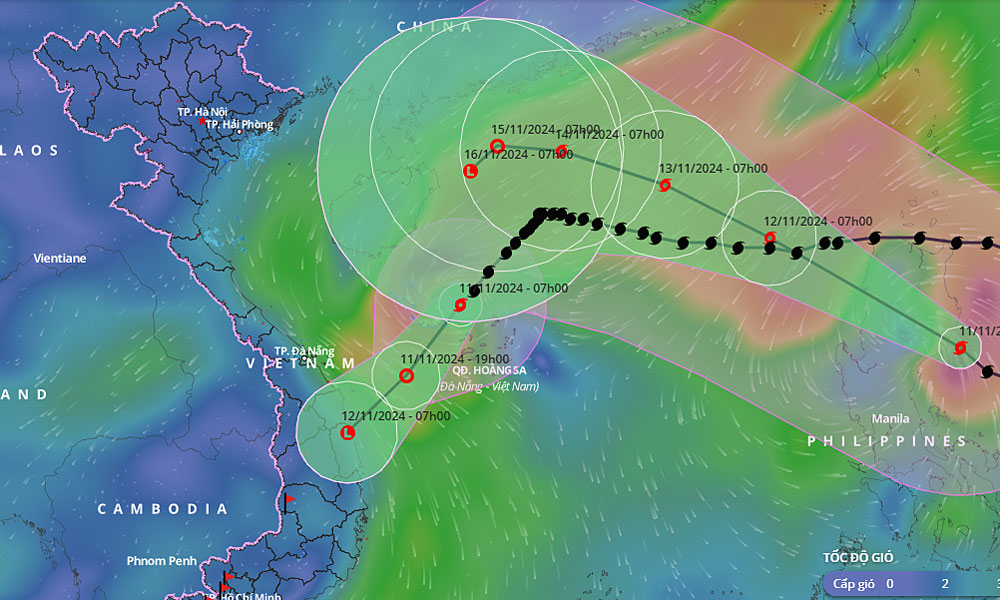Vietnam, Japan building satellite for natural disaster prevention
Related news  |
They have begun preparatory steps in Japan to produce LOTUSat-1 as part of the Natural Disaster and Climate Change Prevention project undertaken by the Vietnam National Space Center (VNSC).
 |
|
Vietnam is producing the LOTUSat-1 satellite to assist with natural disaster prevention. Photo by Shutterstock/Dima Zel. |
The satellite will use a sensor that uses radio waves to observe the Earth, and thus functions independently of a light source.
That means it can function 24x7, a clear advantage over satellites using optical sensors, which can only function in daylight.
It could take 36 months to build LOTUSat-1, but the launch schedule has yet to be fixed since there are many factors to be considered, Vu Anh Tuan of the VNSC said.
But he said that, typically, it takes six to 12 months for a satellite of this kind to be launched.
Once the satellite is in orbit, it would cover the whole of Vietnam and help reduce damage caused by natural disasters by 10 percent, he said.
The time it takes Vietnam to retrieve images of a specific location would also be reduced from at least two days to six-12 hours, he added.
Vietnam previously launched the Vinasat 1 in 2008, Vinasat 2 in 2012 and the VNRedSat 1 in 2013. The first two are telecommunications satellites, while the third is an optical observatory satellite. All were launched by the European Space Agency from Kourou in French Guiana.
The Vietnam aerospace association had said a year ago that the new satellite could be launched from either Russia, the U.S., Kourou, India or China.
Another satellite built by Vietnamese engineers, the MicroDragon, is scheduled to be launched by the end of this year.
Source: VnExpress
 Bắc giang
Bắc giang












Reader's comments (0)